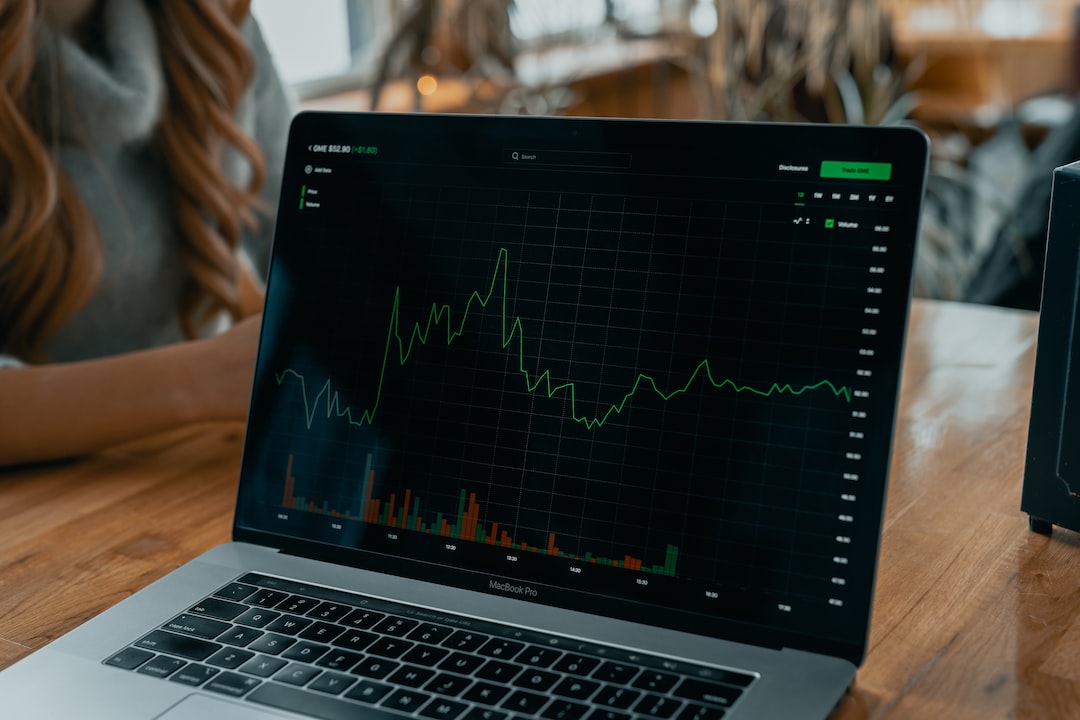Risk Management in Forex Trading: Minimizing Losses and Maximizing Gains
Forex trading is a highly lucrative yet inherently risky venture. The volatility of the foreign exchange markets, coupled with the leverage available to traders, can lead to substantial profits or devastating losses. In order to navigate these treacherous waters, it is essential for traders to implement effective risk management strategies.
Risk management in forex trading involves a series of techniques and approaches that aim to minimize potential losses and maximize gains. By implementing these strategies, traders can protect their capital and increase their chances of long-term success. Here, we will explore some of the most important risk management techniques that every forex trader should be aware of.
1. Set Stop Loss Orders:
One of the fundamental principles of risk management in forex trading is setting stop loss orders. A stop loss order is a predefined point at which a trader’s position will be automatically closed, limiting the potential loss. By setting a stop loss order, traders can protect their capital from significant losses in case the market moves against their position.
Stop loss orders should be placed at a level that allows for market fluctuations while still protecting against excessive losses. The exact placement of the stop loss order will depend on the trader’s risk tolerance and the currency pair being traded. It is essential to set stop loss orders based on proper analysis and not on emotional decision-making.
2. Use Proper Position Sizing:
Position sizing refers to the process of determining the appropriate amount of capital to allocate to each trade. Proper position sizing is crucial for risk management as it helps traders control their exposure to the market. By allocating a set percentage of their capital to each trade, traders ensure that a single loss does not disproportionately impact their overall portfolio.
A commonly used position sizing technique is the 2% rule. According to this rule, traders should not risk more than 2% of their trading capital on any single trade. This ensures that even a string of losing trades will not deplete the trader’s account. By using proper position sizing, traders can protect themselves against excessive losses and manage their risk effectively.
3. Diversify Your Portfolio:
Another important risk management technique is portfolio diversification. Diversification involves spreading your investments across different currency pairs, asset classes, or trading strategies. By diversifying your portfolio, you reduce the risk of being overly exposed to a single market or instrument.
Diversification is based on the principle that different markets behave differently under varying conditions. By having exposure to multiple markets, traders can potentially offset losses in one market with gains in another. This helps to smooth out the overall performance of the portfolio and reduce the impact of individual trades.
4. Use Risk-Reward Ratios:
Risk-reward ratios play a crucial role in risk management. A risk-reward ratio is the relationship between the potential profit and the potential loss of a trade. By analyzing the risk-reward ratio before entering a trade, traders can assess whether the potential reward justifies the potential risk.
A favorable risk-reward ratio is generally considered to be at least 1:2, meaning that the potential profit is at least twice the potential loss. By only taking trades with a positive risk-reward ratio, traders can ensure that their winning trades outweigh their losing trades, even if they have a lower win rate.
5. Regularly Review and Adjust Your Strategy:
Risk management is not a one-time task; it requires constant monitoring and adjustment. The forex market is dynamic, and trading conditions can change rapidly. Traders must regularly review their risk management strategies and adjust them as necessary to adapt to changing market conditions.
By analyzing the performance of their trades and identifying patterns or weaknesses, traders can refine their risk management strategies and improve their overall profitability. This process of continuous improvement is essential for long-term success in forex trading.
In conclusion, risk management is a critical aspect of forex trading that should not be overlooked. By implementing effective risk management techniques such as setting stop loss orders, using proper position sizing, diversifying your portfolio, utilizing risk-reward ratios, and regularly reviewing and adjusting your strategy, traders can minimize potential losses and maximize gains. Successful risk management is the key to long-term profitability in the volatile world of forex trading.






